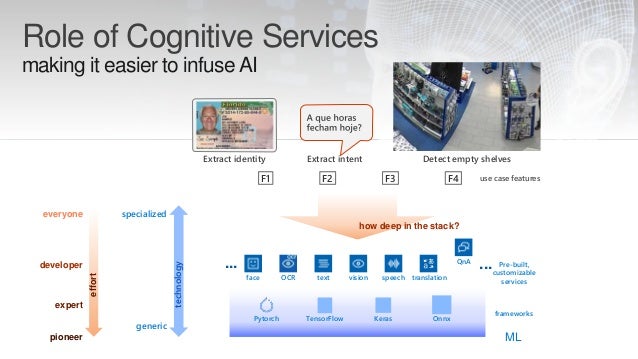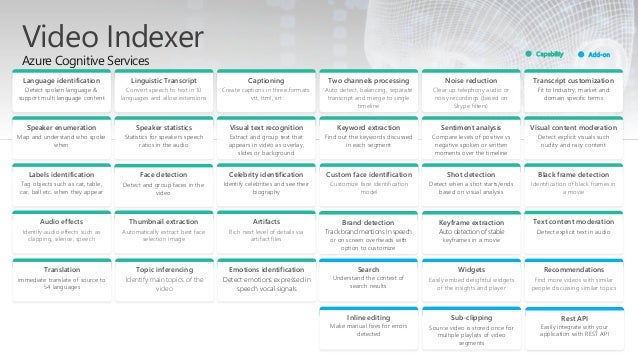
- #Appcode vision framework introduction how to#
- #Appcode vision framework introduction code#
- #Appcode vision framework introduction license#
Start by adding this new import near the top of ProspectsView.
#Appcode vision framework introduction code#
Regardless of what code or error comes back, we’re just going to dismiss the view we’ll add more code shortly to do more work. When the CodeScannerView finds a code, it will call a completion closure with a Result instance either containing details about the code that was found or an error saying what the problem was – perhaps the camera wasn’t available, or the camera wasn’t able to scan codes, for example.
#Appcode vision framework introduction how to#
When it comes to handling the result of the QR scanning, I’ve made the CodeScanner package do literally all the work of figuring out what the code is and how to send it back, so all we need to do here is catch the result and process it somehow. So, replace the action code for the toolbar button with this: isShowingScanner = true So, start by adding this new property to ProspectsView: private var isShowingScanner = falseĮarlier we added some test functionality to the “Scan” button so we could insert some sample data, but we don’t need that any more because we’re about to scan real QR codes. In this quick start guide, we will introduce you to AppCode basic concepts and help you start working with AppCode in the most efficient way.

We already have a “Scan” button in ProspectsView, and we’re going to use that trigger QR scanning. AppCode is a smart IDE for iOS/macOS development that supports Swift, Objective-C/C++, C/C++, and many other languages via plugins. I know I keep repeating myself, but I hope you can see the continuing theme: the best way to write SwiftUI is to isolate functionality in discrete methods and wrappers, so that all you expose to your SwiftUI layouts is clean, clear, and unambiguous. The CodeScanner package gives us one CodeScanner SwiftUI view to use, which can be presented in a sheet and handle code scanning in a clean, isolated way. Press Finish to import the finished package into your project.It also improves code documentation, generation, and formatting, and is aligned with the latest Xcode versions and new Swift language features. For the version rules, leave “Up to Next Major” selected, which means you’ll get any bug fixes and additional features but not any breaking changes. AugToday we are happy to announce the AppCode 2022.2 release The new version helps you analyze the structure of your application by generating UML class diagrams for Objective-C and Swift.Go to File > Swift Packages > Add Package Dependency.


Here, though, we’re just going to add it to Xcode by following these steps:
#Appcode vision framework introduction license#
My package is called CodeScanner, and its available on GitHub under the MIT license at – you’re welcome to inspect and/or edit the source code if you want. This doesn’t integrate into SwiftUI terribly smoothly, so to skip over a whole lot of pain I’ve packaged up a QR code reader into a Swift package that we can add and use directly inside Xcode. Scanning a QR code – or indeed any kind of visible code such as barcodes – can be done by Apple’s AVFoundation library.


 0 kommentar(er)
0 kommentar(er)
